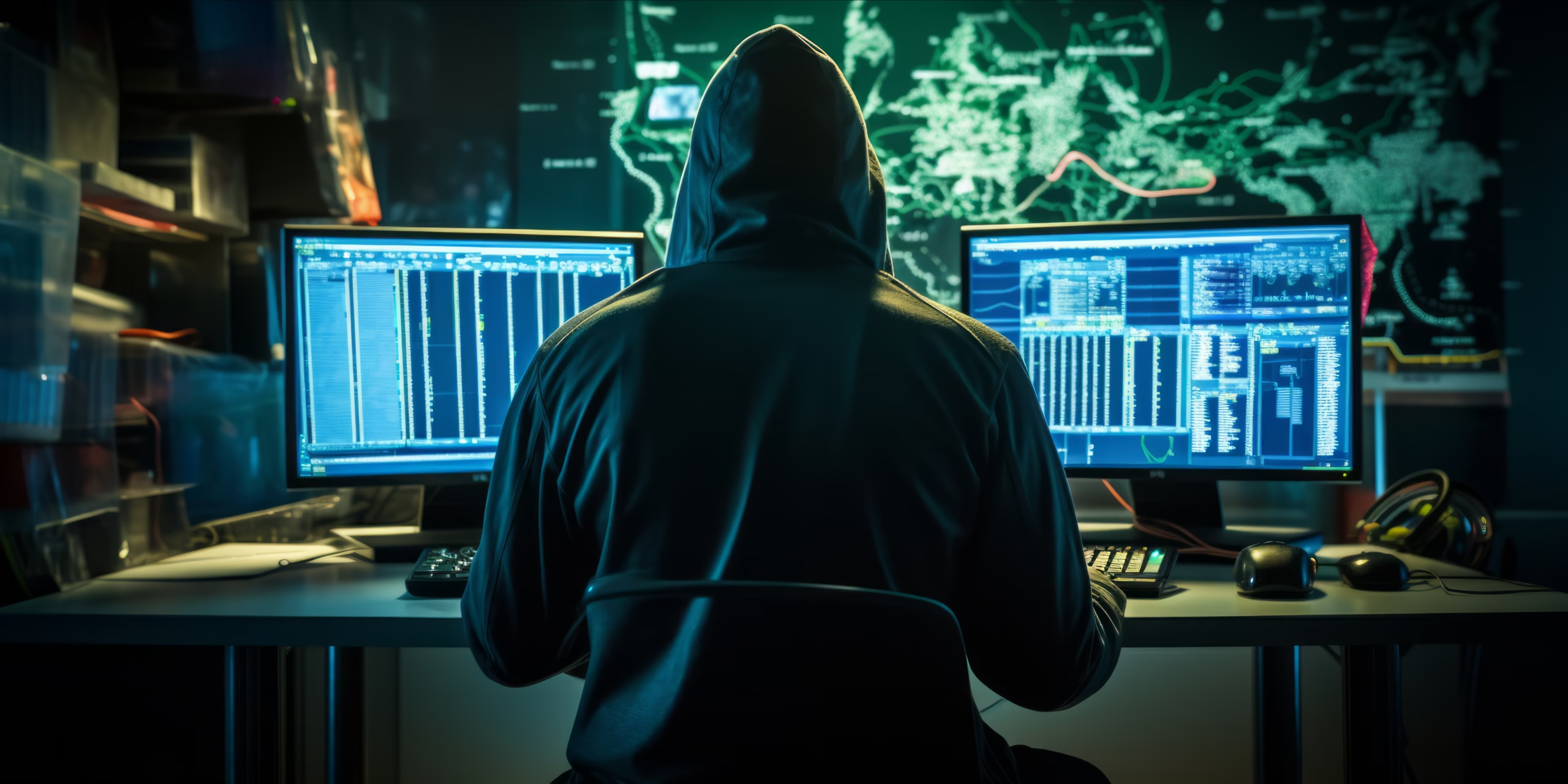Cybersecurity is becoming an issue that affects the entire organization, not just the IT department. Cyber threats are increasing daily, targeting businesses of all sizes. Although, A single weak link can lead to data breaches, financial loss, and reputational damage. A strong cybersecurity culture ensures that everyone in your organization understands and follows security best practices. When security becomes a natural part of daily work, your business is better protected against cybercriminals.
Why Cybersecurity Culture is Crucial for Businesses
Cybercriminals use advanced techniques to exploit vulnerabilities. Ransomware attacks, phishing emails, as well as data breaches are at an all-time high. Although, Businesses that fail to take cybersecurity seriously risk losing sensitive data, facing legal penalties, and damaging customer trust.
Also Hackers don’t just target large corporations. Small and medium-sized businesses (SMBs) are often at higher risk because they lack strong security measures. However, A simple human error—like clicking on a malicious link—can compromise an entire network.
Key Elements of a Strong Cybersecurity Culture
1. Leadership Commitment: Leading by Example
Leaders play a crucial role in shaping cybersecurity culture. Although, If executives take security seriously, employees are more likely to do the same. However, Leadership should:
- Set the tone by following security best practices themselves.
- Prioritize cybersecurity training and allocate resources for security improvements.
- Encourage staff members to voice security concerns without worrying about facing repercussions.
When security becomes a top priority at the leadership level, it naturally integrates into the company’s culture.
2. Employee Awareness and Training Programs
Most cyber threats exploit human error. However, Regular training programs help employees recognize and avoid cyber risks. Training should cover:
- How to identify phishing emails.
- The importance of strong passwords as well as multi-factor authentication.
- Safe browsing habits and secure file sharing.
- How to proceed if they believe there has been a cyberattack.

Training should be ongoing, engaging, as well as updated regularly to keep up with evolving threats.
3. Implementing Best Cybersecurity Practices
A security-driven workplace follows strict protocols. However, Some key best practices include:
- Enforcing strong password policies and encouraging password managers.
- Implementing multi-factor authentication (MFA) for all logins.
- Ensuring regular software updates to fix vulnerabilities.
- Encouraging data encryption to protect sensitive information.
These habits create a strong foundation for cybersecurity culture.
How to Build a Cybersecurity-First Workplace
1. Creating Security Policies and Guidelines
A business without clear security policies is at high risk. Employees must understand what is expected of them when handling company data.
Security policies should include:
- Guidelines on acceptable device usage (e.g., no personal devices for work data).
- Rules on handling sensitive customer information.
- What to do if there is a cyberattack.
Policies should be easy to understand, regularly updated, and communicated clearly.
2. Encouraging a Proactive Approach to Cyber Threats
Cybersecurity should be everyone’s responsibility. So, Encourage employees to:
- Question suspicious emails or messages before clicking on links.
- Report any unusual activity on company systems.
- Stay updated on new cyber threats and scams.
A proactive approach prevents cyber attacks before they happen.
3. Rewarding Employees for Secure Practices
People are more likely to follow security protocols when they receive positive reinforcement. Businesses should:
- Recognize employees who complete security training.
- Reward teams that report and prevent security incidents.
- Foster a culture where security-conscious behavior is celebrated.
When employees feel valued for their efforts, they stay engaged in cybersecurity practices.
Employee Engagement and Cybersecurity Culture
1. The Role of Employees in Preventing Cyber Attacks
The first line of protection against online dangers is employees. Every action they take—logging in securely, handling data responsibly, and reporting suspicious activity—can either strengthen or weaken a company’s cybersecurity.
Hence, Training should emphasize personal accountability. When employees understand how their actions impact business security, they become more vigilant.
2. Common Cybersecurity Mistakes Employees Make
Some of the most common cybersecurity mistakes include:
- Clicking on phishing emails disguised as legitimate messages.
- Using weak or repeated passwords across multiple accounts.
- Ignoring software updates, leaving systems vulnerable.
- Accessing work files on unsecured networks, like public Wi-Fi.
By addressing these issues in training, businesses can prevent costly mistakes.
Measuring the Success of Your Cybersecurity Culture
1. Key Metrics to Track Cybersecurity Awareness
To measure cybersecurity culture effectiveness, track:
- Employee training completion rates.
- Phishing test results (how many employees fall for fake phishing attempts).
- Number of security incidents reported.
2. How to Continuously Improve Your Security Strategy
Cyber threats evolve, so your strategy must evolve too. Although, Regular audits, updated training, and feedback from employees help keep your business secure.
Future of Cybersecurity Culture: What Businesses Need to Know
1. Emerging Threats and Evolving Security Practices
As hackers develop new attack methods, businesses must stay ahead. However, AI-powered cybersecurity, zero-trust models, and behavioral analytics are becoming essential for modern security.
2. The Role of AI and Automation in Cybersecurity Culture
AI detects cyber threats faster than humans and automates responses to attacks. Although, Businesses should invest in AI-driven security tools to strengthen their defenses.
Making Cybersecurity a Long-Term Business Value
Cybersecurity culture isn’t a one-time effort—it requires continuous improvement. However, Businesses that make security a core value will stay ahead of threats, protect their reputation, and build customer trust.
By educating employees, however, enforcing best practices, and staying proactive, your business can create a resilient cybersecurity culture that lasts. Hence, Stay secure, stay vigilant!

